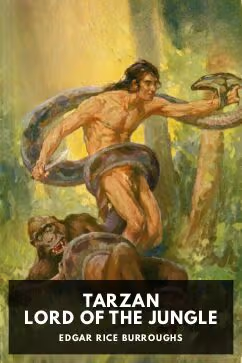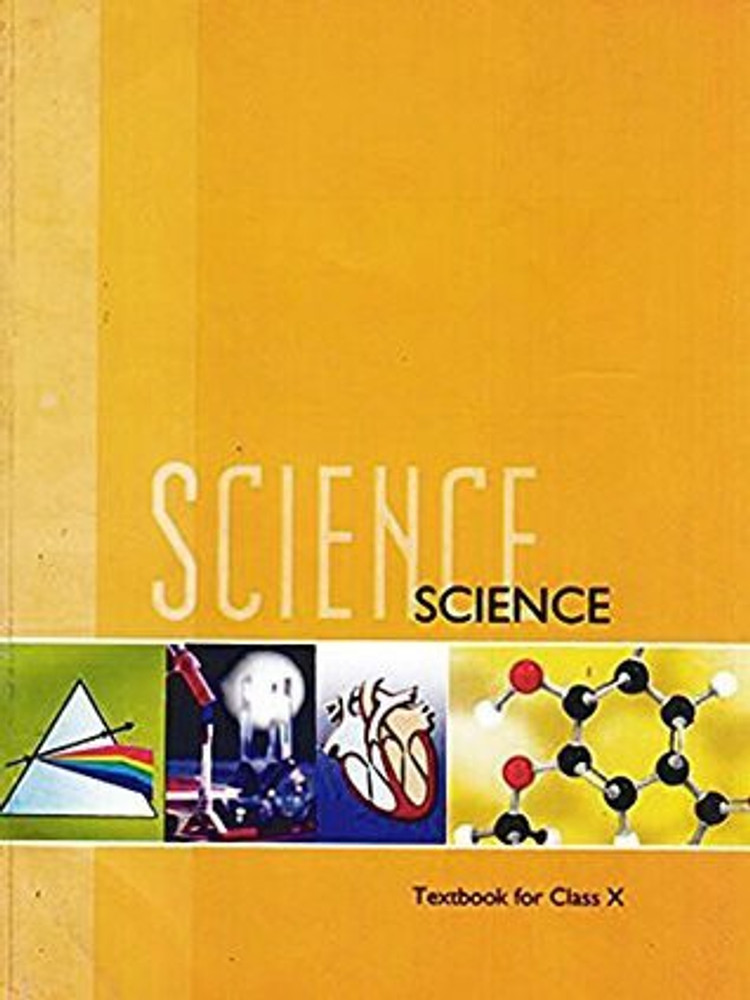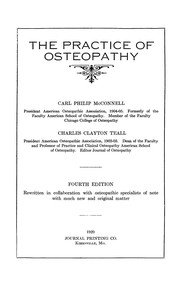World’s Largest Living Organism Pando Might Be The Oldest Living Thing, Reveals New Study
Pando, a massive quaking aspen spanning 100 acres in Utah, is estimated to be between 16,000 and 80,000 years old. Research suggests that Pando has witnessed and survived vast environmental changes since humans began migrating out of Africa. The genetically linked stems span an interconnected root system that highlights plant resilience. Challenges from grazing deer and cattle have impacted Pando’s growth in recent years, but conservation efforts are showing signs of success, protecting this unique tree for the future.

A recent study has unveiled new insights into Pando, the colossal quaking aspen clone in Fishlake National Forest, Utah, suggesting that this vast organism could be up to 80,000 years old. The study, conducted by Rozenn Pineau, a researcher at Utah State University, reveals Pando's potential age by examining its unique clonal growth pattern and genetic mutations, indicating that the organism might have been growing since the earliest human migrations out of Africa. The research, currently posted on bioRxiv for peer review, investigates the mutation rate in Pando's genome, with estimates ranging between 16,000 and 80,000 years.
The World's Largest Living Organism
Pando, which means “I spread” in Latin, holds the title of the world's largest single organism, covering more than 100 acres and comprising around 47,000 stems. This massive clonal colony originates from a single root system that connects each stem, making Pando not only extensive in area but also the world's heaviest living organism. According to Paul Rogers, director of the Western Aspen Alliance, the genetic continuity of the aspen's root system enables it to withstand environmental changes. Rogers noted that no prior studies had confirmed Pando's age, making this study a significant milestone in understanding the organism's ancient origins.
Genetic Findings and Environmental Challenges
Pineau's research highlights that Pando's mutation spread is less than anticipated, with nearby stems showing limited genetic diversity despite spatial proximity. This suggests a surprising level of genetic stability in Pando, even over thousands of years. While analysing pollen from a nearby lakebed, researchers noted that aspen pollen has consistently appeared in sediment for over 60,000 years, potentially affirming Pando's ancient presence in the area.
To combat threats from deer and cattle grazing, conservation measures have been implemented, with fenced sections now protecting parts of the grove. Rogers observed encouraging signs of regeneration during a recent visit, hinting that the fencing and favourable rainfall may be aiding Pando's recovery.












)



























































